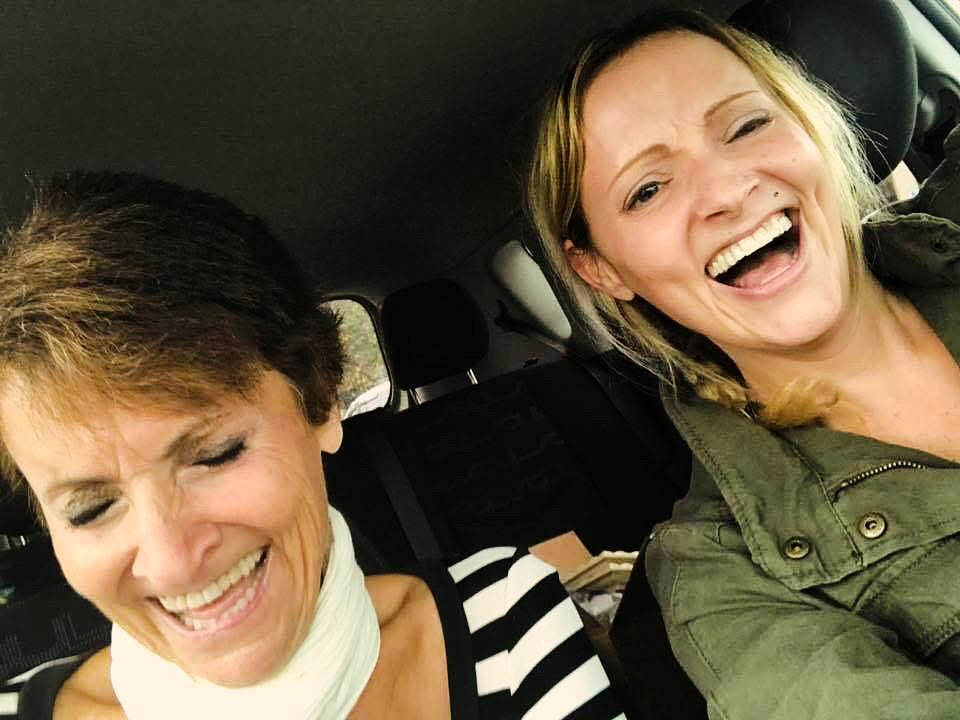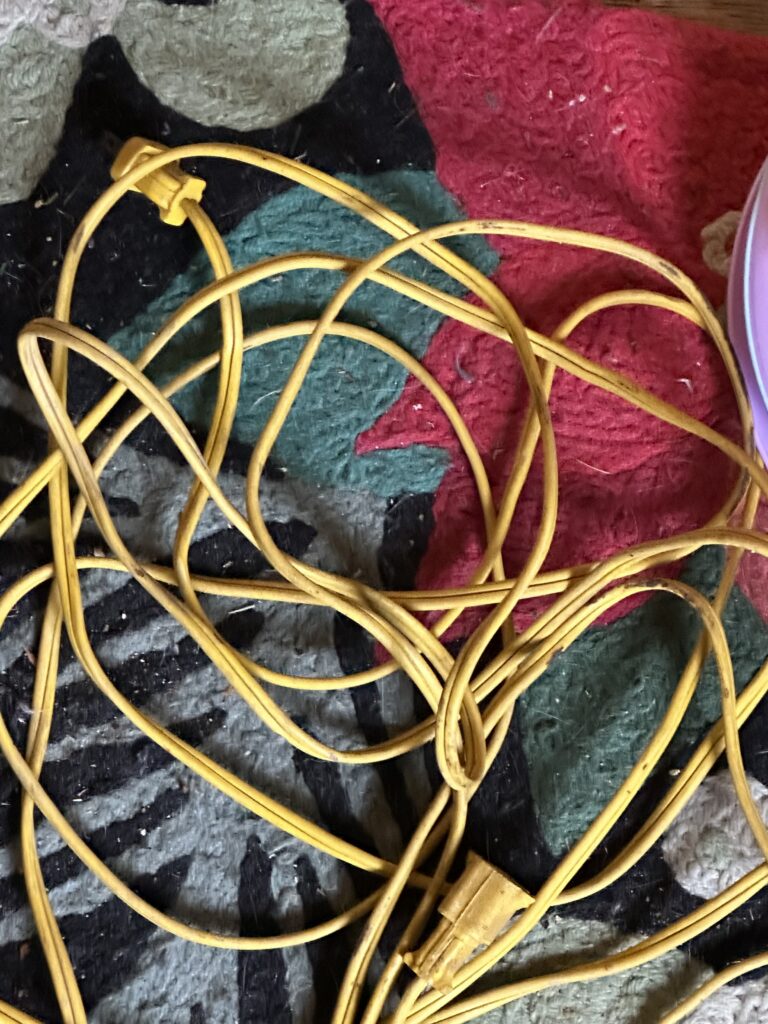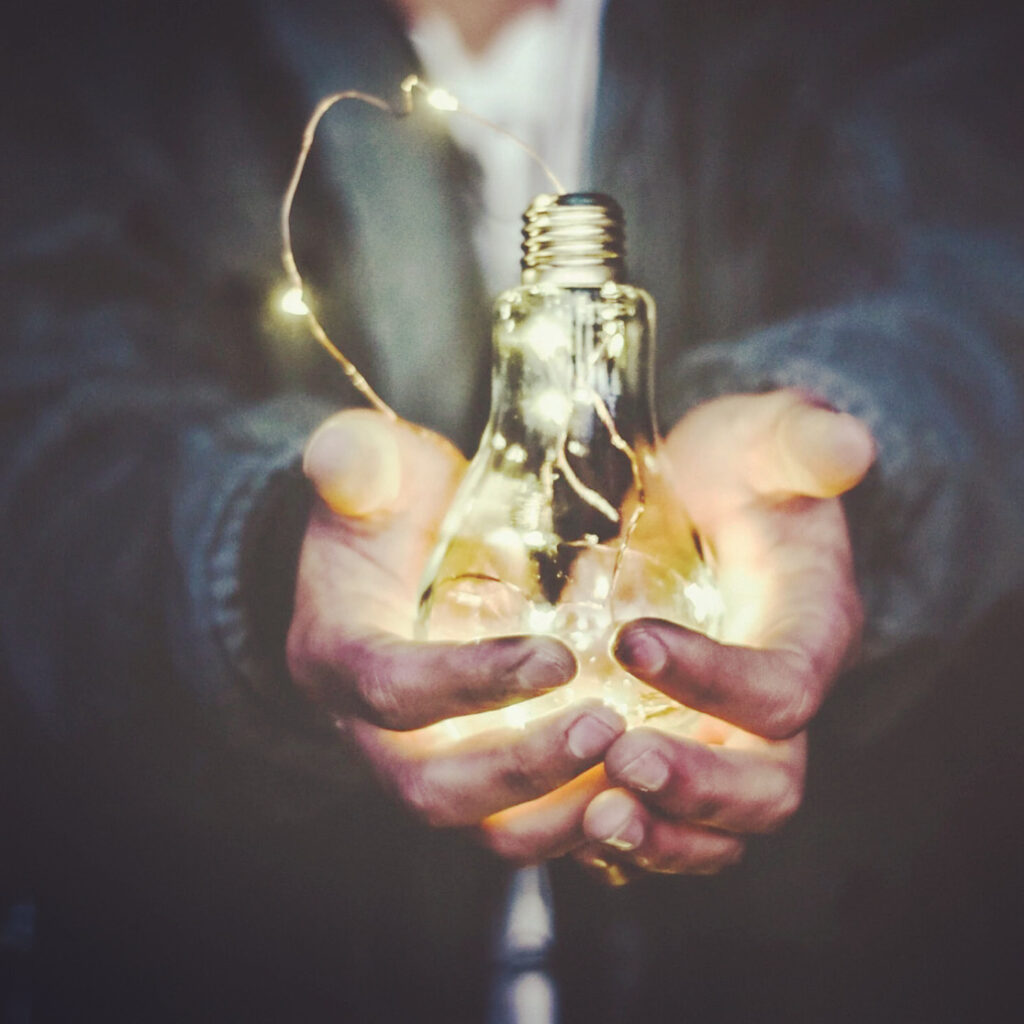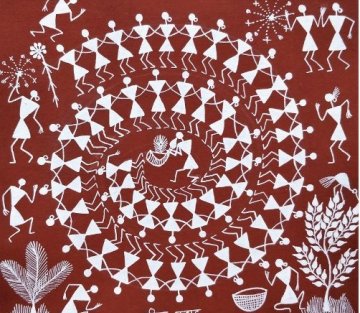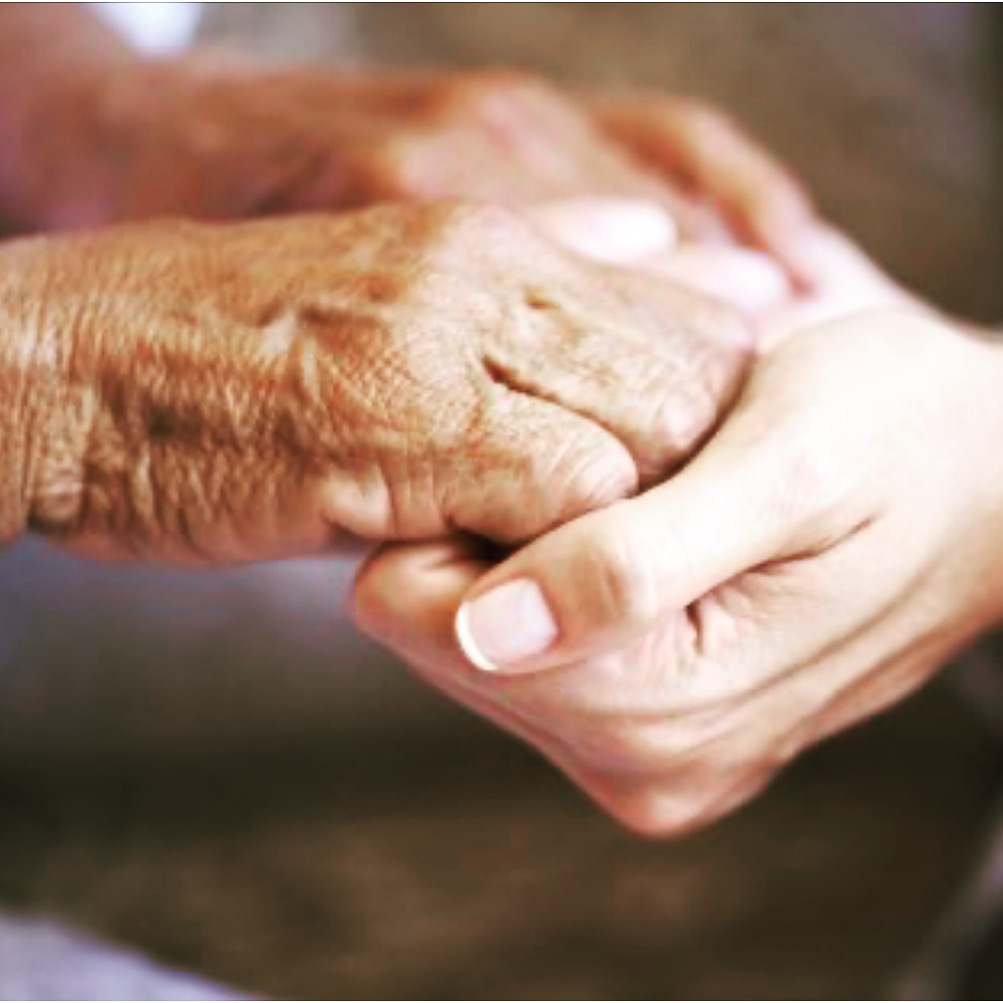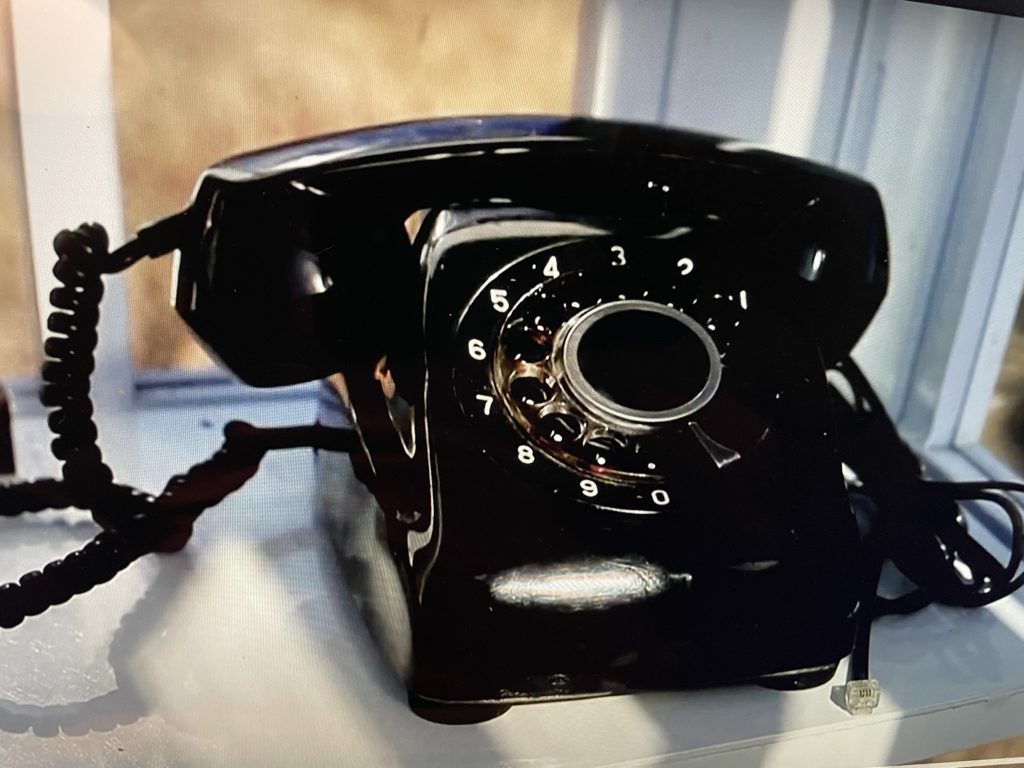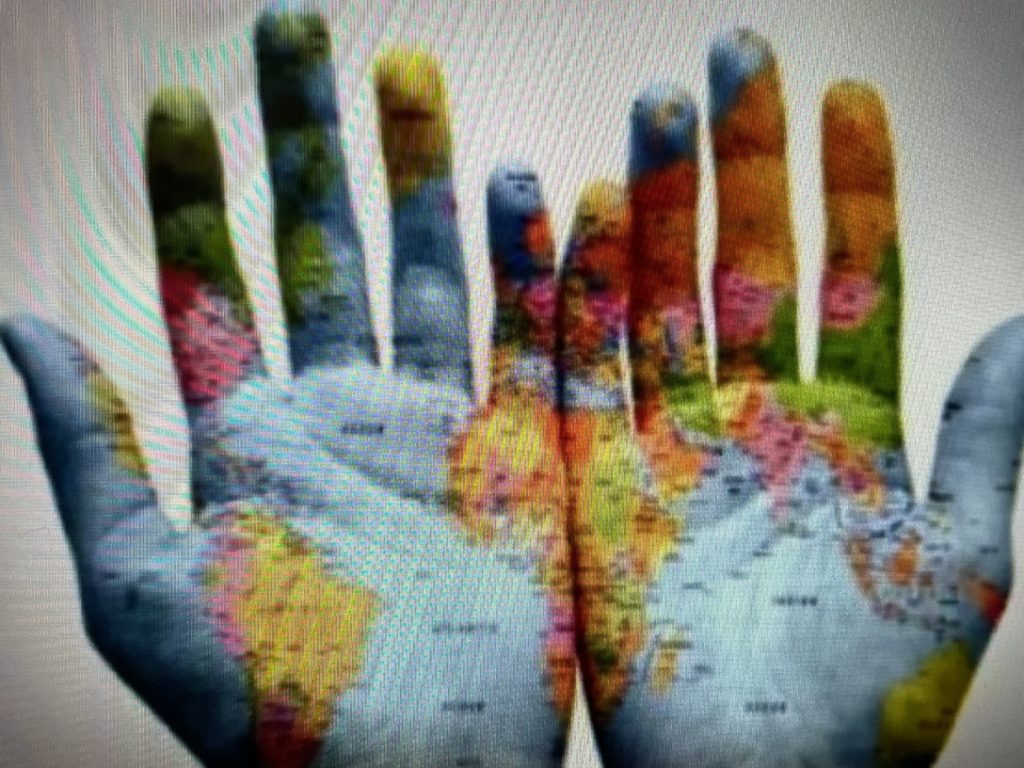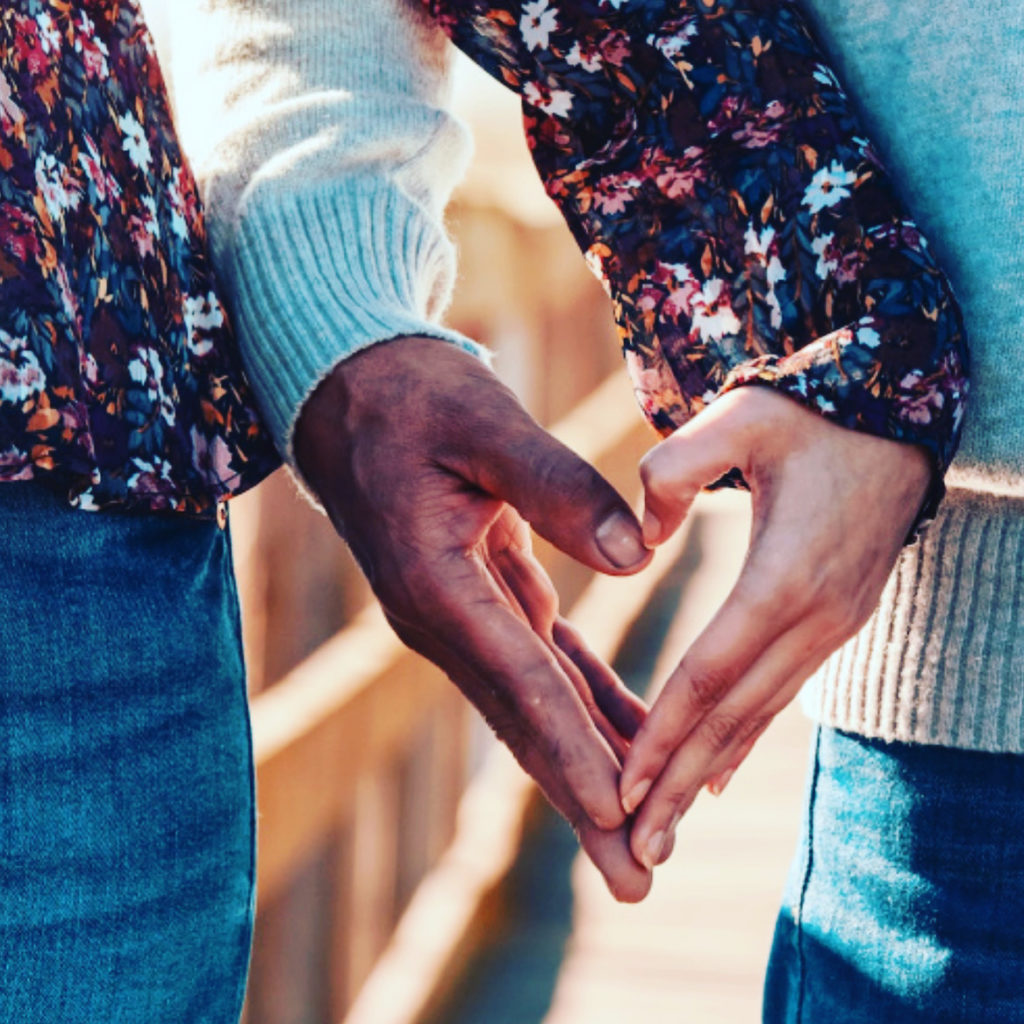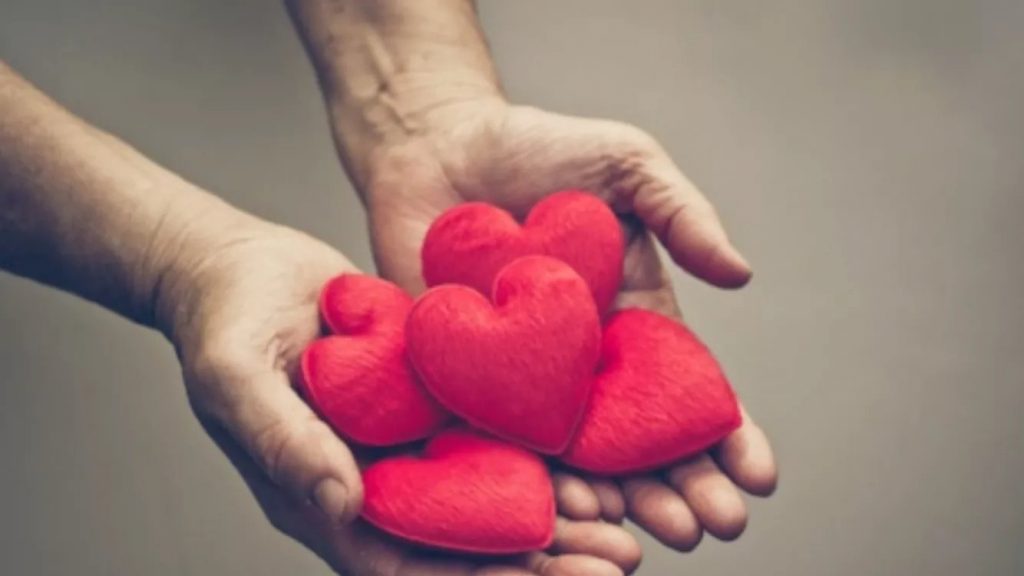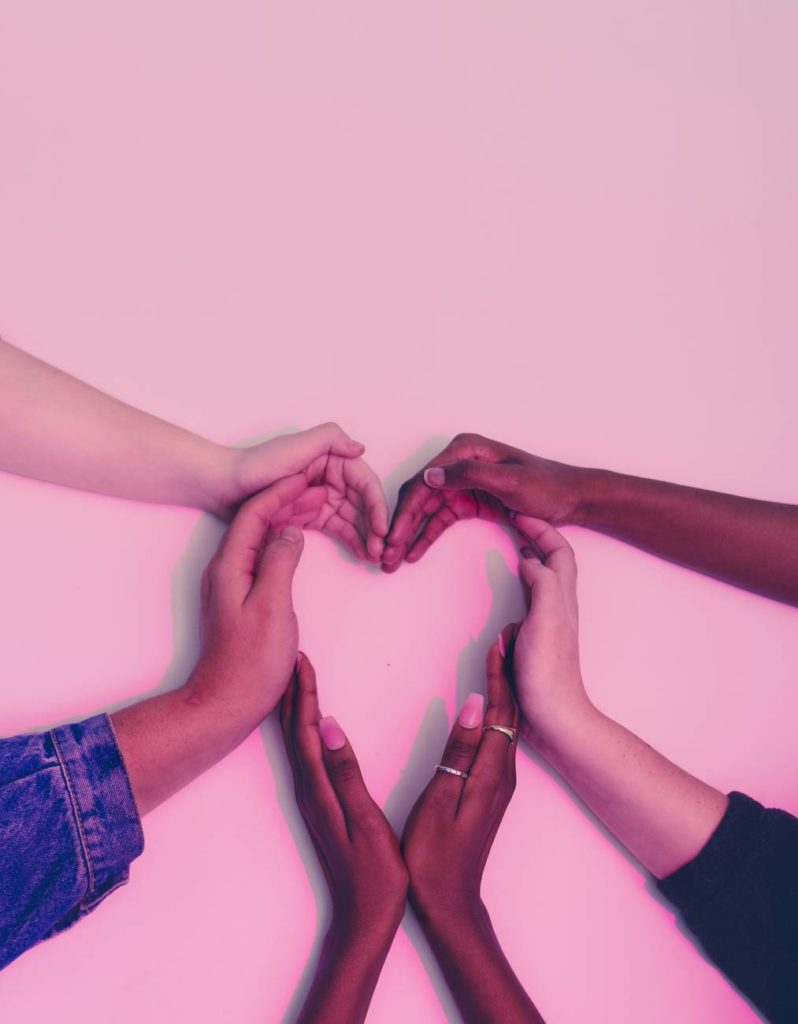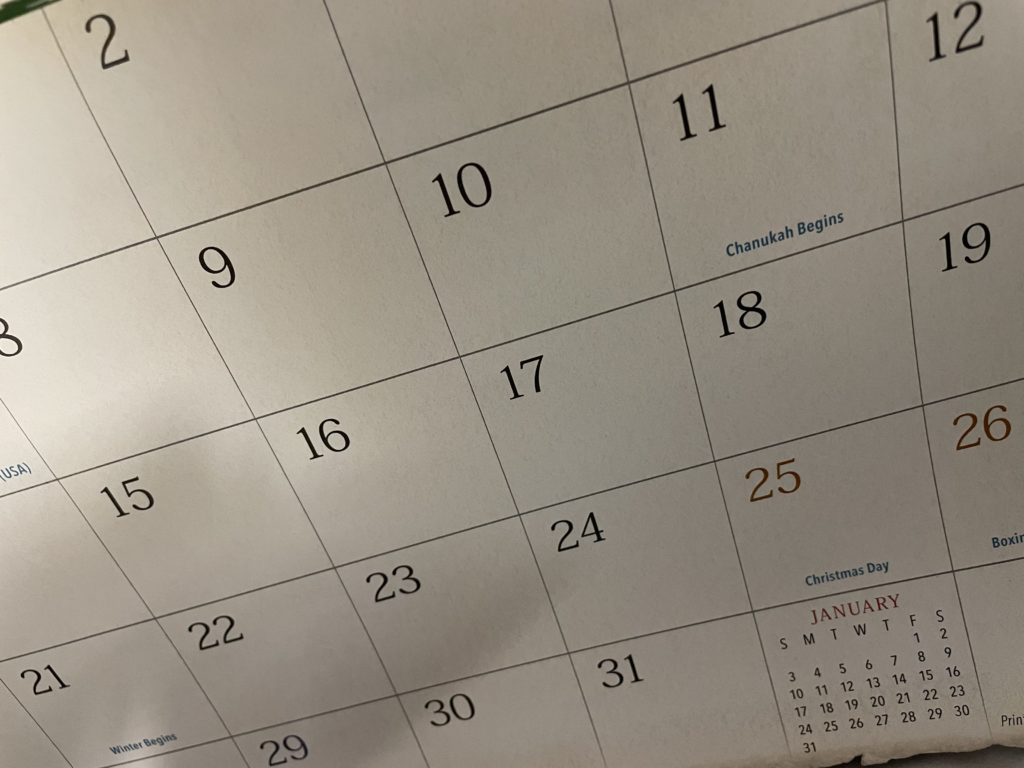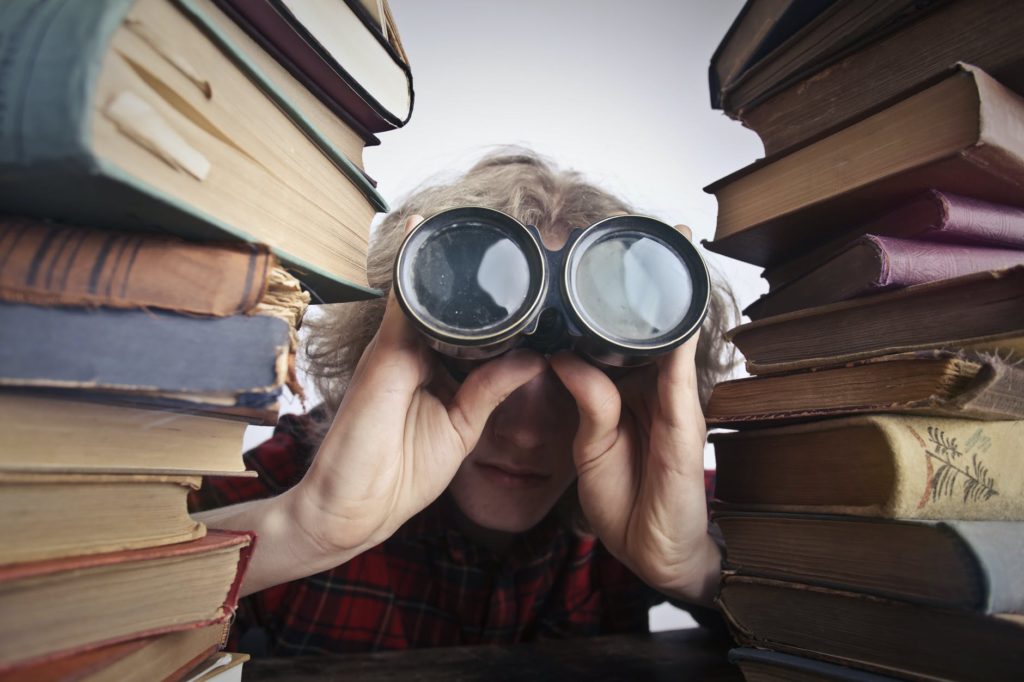Ever feel utterly DISCONNECTED. . . ?
This time of the year will do that to you
WILL
give you the opposite of that
GINGERBREAD FEELING. . .
 Because not all the lights on the tree
Because not all the lights on the tree
are lit
or worse. . .NOT SEEN. . .
D I S C O N N E C T E D
Ernest Hemingway once said: In our darkest moments, we don’t need solutions or advice. What we yearn for is simply human connection—a quiet presence, a gentle touch. These small gestures are the anchors that hold us steady when life feels like too much.
So over these next few weeks and into the new year, please don’t try to fix Someone, no matter how good it will make you feel (AND IT WILL). Don’t take on Someone’s pain or push away their shadows, even if it feels so obviously easy for you to do. Just sit beside Someone as they work through their own inner storms. Be the steady hand they can reach for as I find their seemingly impossible way.
Their pain is their’s to carry, Their battles, Their’s to face. But your presence reminds Their Their-est Them’s, They are not alone in this vast, sometimes frightening world. It’s a quiet reminder that They are worthy of love, even when They feel broken and the unworthiest of unworthy. . .
So, in those dark hours when A Way seems lost or not an impossible dream, just be there? Not as a rescuer, but as a companion. Hold a hand until the dawn arrives, helping Them remember Their strength as seemingly as powerless and weak as it may feel. . .
Your silent support is the most precious gift you can give. It’s a love that helps Someone remember who They are, even when, especially when They have forgotten. . .

BE THE CONNECTION
that eliminates
D I S C O N N E C T I O N
And remember. . .
The very definition of RELATIONSHIP may just be
BEING FOR ANOTHER WHAT THEY COULD NEVER BE FOR THEMSELVES. . .
